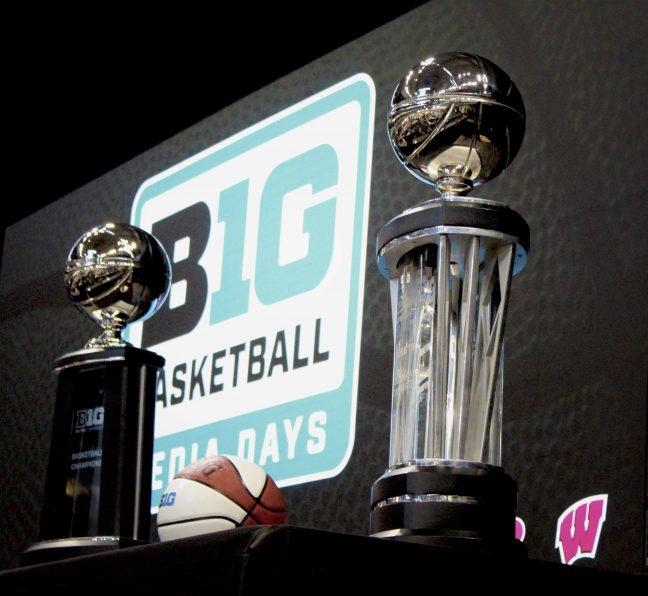On Thursday afternoon, the world of college sports was changed forever as the University of Southern California and the University of California Los Angeles announced a historic move from the PAC-12 Conference to the Big Ten Conference.
These two internationally recognized universities broke the traditional mold of regionalized athletic conferences by making the jump from the West Coast-based PAC-12 to the majority Midwest Big Ten.
This generationally defining move seems to be a glimpse into the future of college sports, a future where location does not determine opponent or opportunity. A future more professional than amateur and most importantly, an unpredictable, high-paying, high-exposure future that will turn the college athlete into a household name.
Student athletes will have access to two of the grandest stages in college sports located in the entertainment capital of the world.
Universities now have in-line connections with two of the nation’s premier academic institutions.
For the conference, they hit the jackpot. They get brands that transcend just college football. The Big Ten has now asserted themselves as the greatest place in the world for a college athlete to play sports. With the presented opportunity comes a grand platform, and that grand platform could come with one of the largest TV deals modern entertainment and sports has seen.
Will it work? Who knows. All we know is that two of the world’s most influential universities will now have direct relations, both academically and athletically, with 14 other major American colleges and universities.
Welcome to the new world of college athletics. A world captained by two of the most academically and athletically respected universities the nation has to offer, as they jump start a revolution of sorts with their unprecedented, and borderline incomprehensible conference change. While Texas and Oklahoma’s announced move to the SEC last summer sent shockwaves across the country and began a complete culture shock across college football, and college athletics as a whole, their move does not remotely compare to the sudden, and downright shocking news delivered Thursday.
Late into Thursday night, as night became morning on the East Coast, the Big Ten Network did their best to break down the now super-conference’s additions.
The network, clearly excited for its future as the potential media hub for the biggest names in college sports, brought in its biggest names and some notable figures that have covered USC and UCLA in the PAC-12, such as former Heisman Trophy Winner and USC alumni Matt Leinart, to try and understand this news.
Important points were brought up throughout the show, like the jolt given toward sports the Big Ten has typically lagged in, such as baseball and softball, the added prevalence for Olympic sports in the conference and the likely new TV deal now that the conference has outreach in three of the world’s largest media markets (New York, Chicago and Los Angeles).
But, after hours of listening to the smartest men and women sports media has to offer doing their very best to explain this landmark news, only one thing became clear — two years is a lifetime in the current landscape of college athletics, and despite some very solid assumptions from smart people across this country, no one can pinpoint what it may look like.
Is this the beginning of the end for college sports? Maybe. But more likely, this is the start of it all. Thursday was a monumental day for the history of amateur athletics, and the shocking story that arose mid-afternoon will be remembered and retold decade-upon-decade from now.


